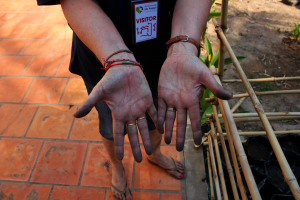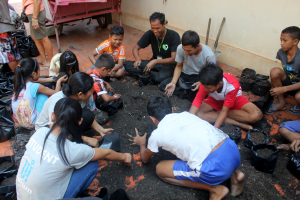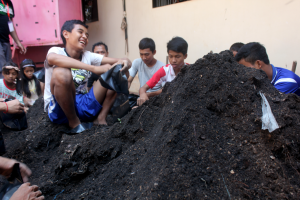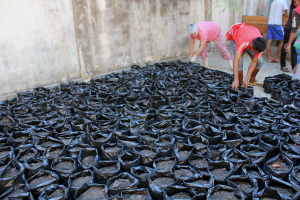The Moringa tree (also known as the tree of life) was the inspiration behind the name of the training restaurant Marum, which is run by our Kaliyan Mith program in Siem Reap, Cambodia. The highly nutritious leaves of the tree are known as daum m’rum, hence Marum!
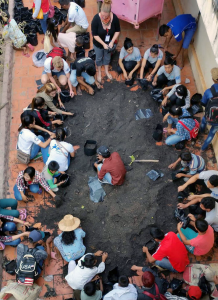
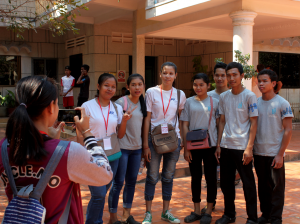
So it was particularly appropriate that among the 40 or so young people from our project who took part last weekend in a special event linked to these trees, that there were five present from the Marum restaurant. Of course, Marum is also part of the Friends-International TREE (Training Restaurants for Employment and Entrepreneurship) Alliance – so these arborial connections just keep on coming!
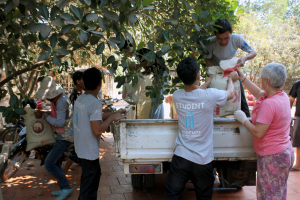
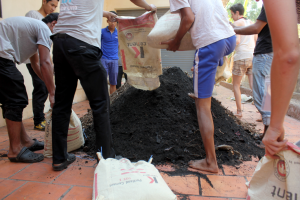
The project they participated in was run by Life Project Cambodia, a Siem Reap NGO working to improve lives and support education for those who lack opportunity in the area.
With the support of local businesses they are planting Moringa trees to help support families there. Why Moringa trees? This from Life Project explains why…
‘Easy to cultivate and resistant to drought, the Moringa Tree produces abundant leaves with a high concentration of proteins, vitamins, and minerals: 100 grams of fresh Moringa Tree leaves provide the same amount of protein as an egg, as much iron as a steak, as much Vitamin C as an orange, and as much calcium as a glass of milk.
Moringa Tree grows throughout the developing world and has already been used by programs to reduce child malnutrition in India. Moringa Tree dried leaves, can be easily preserved and used. Eating 30 grams of Moringa Tree leaf powder a day, a child can satisfy all his daily requirement of Vitamin A, 80% of daily calcium needs, 60% of daily iron needs, and nearly 40% of protein needs.
Two Moringa Trees are sufficient for the needs of one family. Moringa Trees contain high amounts of protein, all essential amino acids and a full spectrum of vitamins and minerals. The Moringa Tree also contains a large quantity of phytonutrients and other powerful disease-fighting antioxidants. Several traditional Cambodian dishes use leaves (sluc) of the moringa tree known as daum m’rum, such as korko (a mixed vegetable soup). As it is a favorite vegetable, Cambodians traditionally grow Moringa trees close to their residences.’
The plan had been to plant 1000 Moringa Tree seeds, but a great response from sponsors meant that 3000 were actually planted, and the participating Kaliyan Mith and in particular Marum students were delighted at being part of a project helping others whilst learning more about the amazing tree that gives a name to their own opportunity to build their futures!





